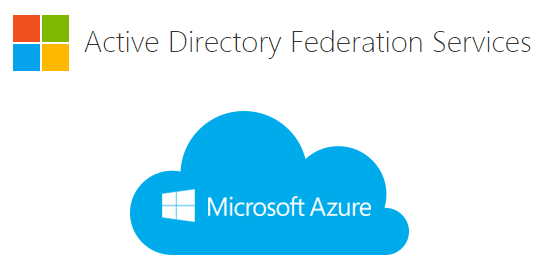Where's the source!
 In this post I will talk about data (aka the source)! In IAM there’s really one simple concept that is often misunderstood or ignored. The data going out of any IAM solution is only as good as the data going in. This may seem simple enough but if not enough attention is paid to the data source and data quality then the results are going to be unfavourable at best and catastrophic at worst.
In this post I will talk about data (aka the source)! In IAM there’s really one simple concept that is often misunderstood or ignored. The data going out of any IAM solution is only as good as the data going in. This may seem simple enough but if not enough attention is paid to the data source and data quality then the results are going to be unfavourable at best and catastrophic at worst.
With most IAM solutions data is going to come from multiple sources.… [Keep reading] “Where's the source!”

